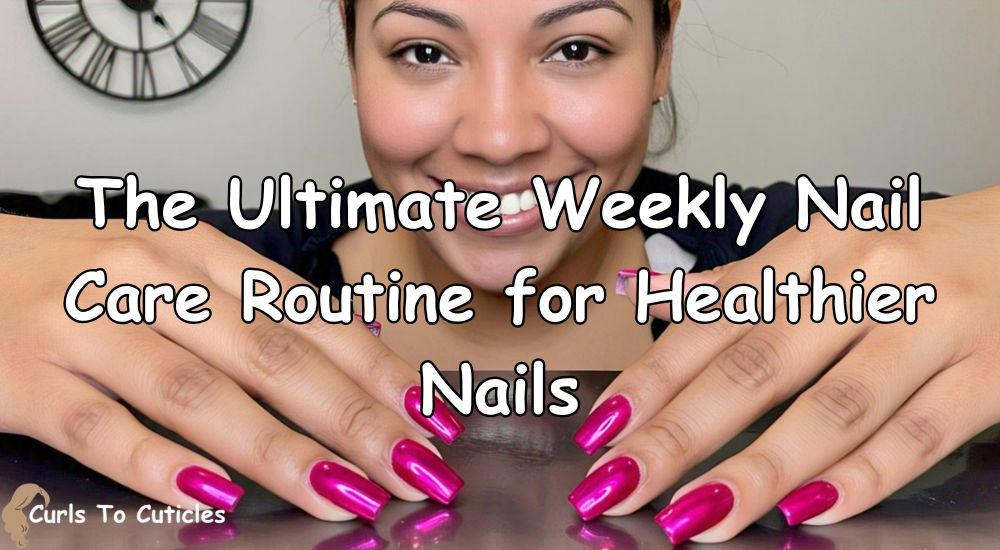Now Reading: Hair Growth Secrets from Around the World You’ve Never Heard Of.
-
01
Hair Growth Secrets from Around the World You’ve Never Heard Of.
Hair Growth Secrets from Around the World You’ve Never Heard Of.

If there’s one beauty goal nearly all of us share, it’s having long, thick, and healthy hair. For years, I’ve tried the shampoos that promise miracles, the trendy vitamins, and the pricey salon treatments. Some worked, some didn’t. But when I started diving into hair care practices from different cultures, everything changed. There’s a treasure trove of hair wisdom passed down through generations across the globe—some of which most people have never even heard of.
In this article, I’m sharing the lesser-known, yet powerful, hair growth secrets from all over the world. From the rice fields of China to the spice markets of India, these natural rituals and ingredients could be just what your hair needs to thrive.
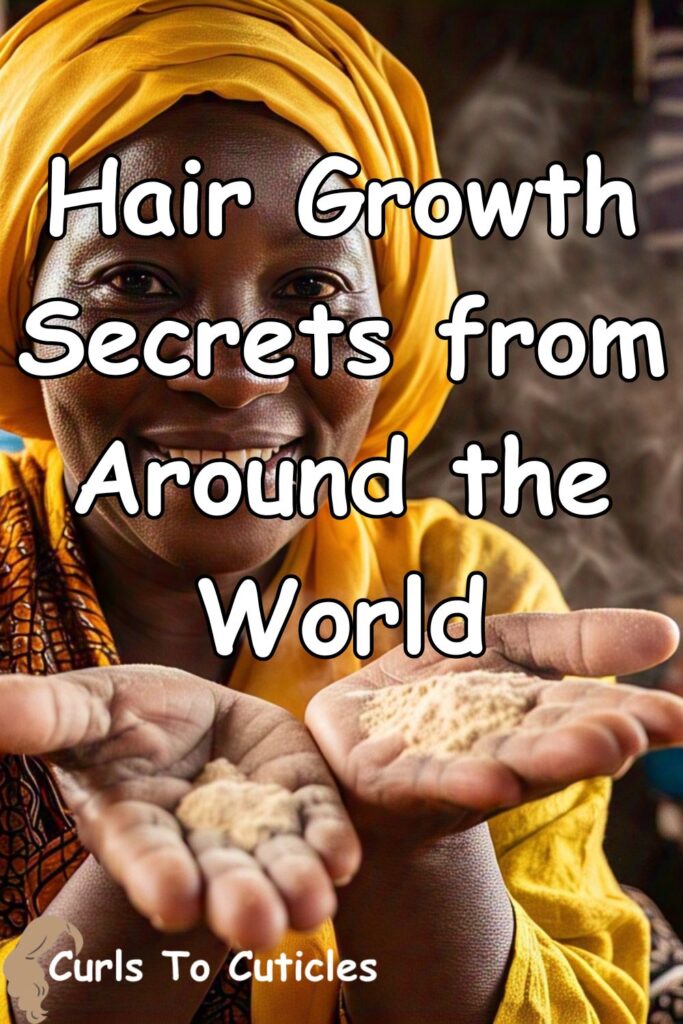
1. Fermented Rice Water – China
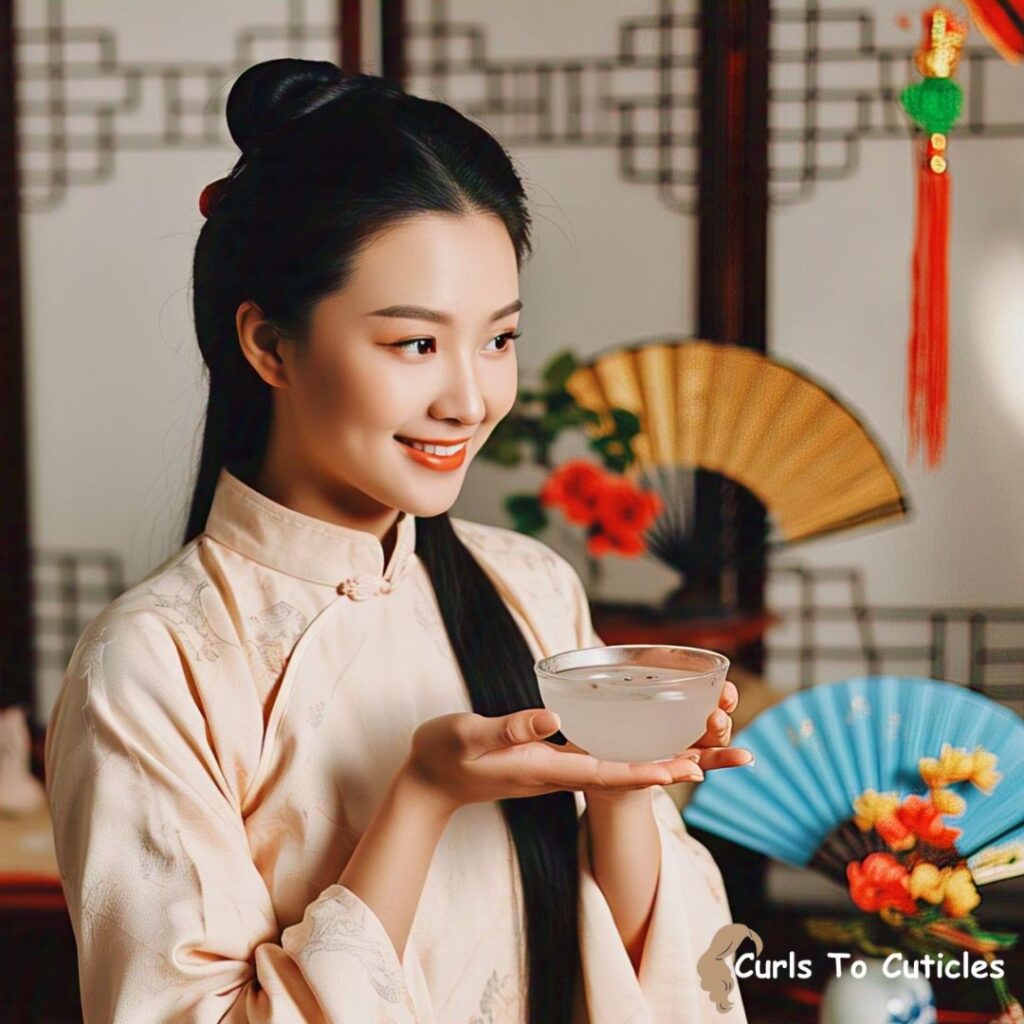
Let’s start with a method that’s both simple and powerful: fermented rice water. The Yao women of Huangluo village in China are famous for having hair that stays long, strong, and dark well into their later years. Their tradition of rinsing hair with fermented rice water has drawn global attention—and for good reason.
How it works: This rinse is full of amino acids, antioxidants, and nutrients like vitamin B, E, and magnesium. Fermentation boosts the potency, making the solution more acidic and beneficial for the scalp and hair. It strengthens strands, smooths the cuticle, and promotes faster growth.
My experience: I started using it twice a week after shampooing. I let the rice water sit in my hair for 5–10 minutes before rinsing it out. After just a few weeks, I noticed less shedding in the shower, and my hair felt stronger, smoother, and noticeably shinier.
2. Chebe Powder – Chad, Africa
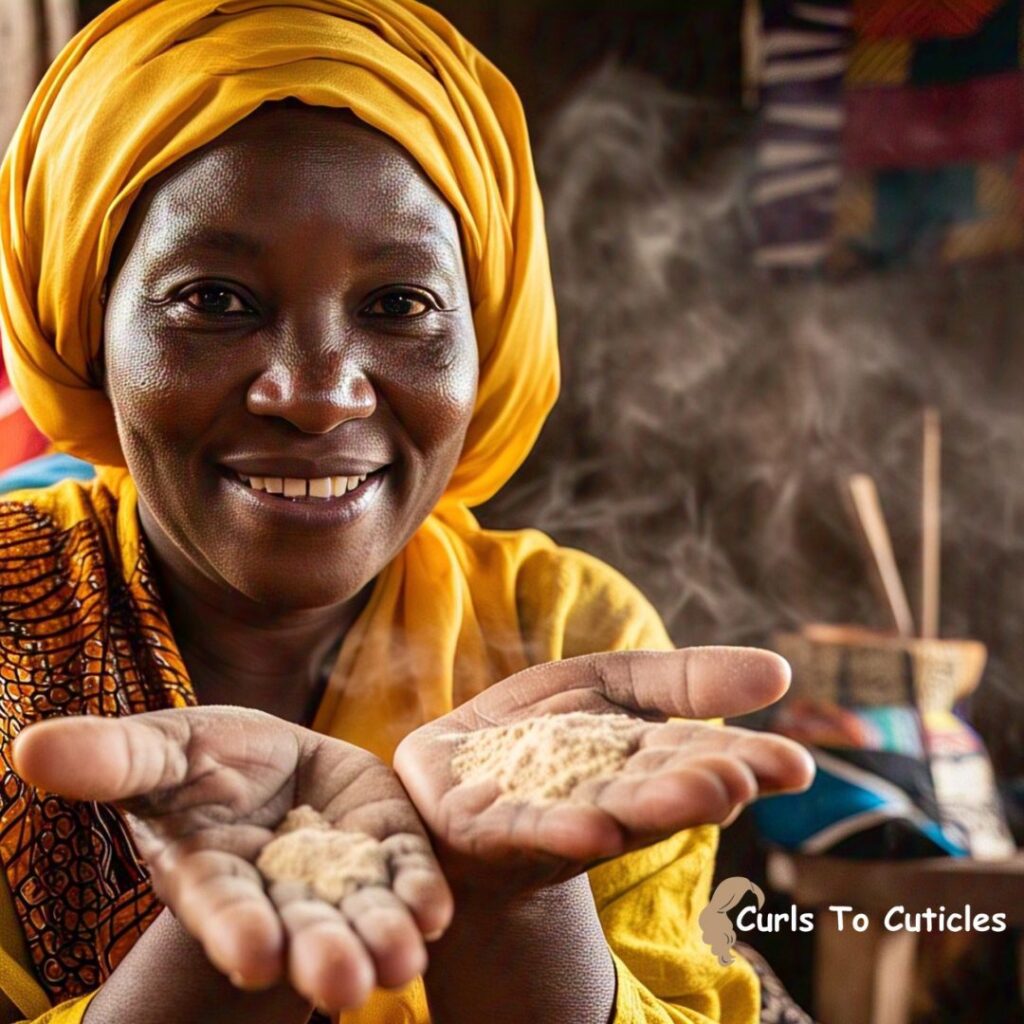
Chebe powder has been used for generations by women in Chad to maintain waist-length hair in dry, harsh climates. It’s a blend of crushed seeds, herbs, and spices mixed with oils to form a thick, earthy paste.
Why it works: Chebe doesn’t promote growth directly, but it helps keep the length you already have by reducing breakage. It’s incredibly moisturizing and forms a protective layer that helps hair stay strong and elastic—especially for textured hair prone to dryness.
My tip: I combine chebe powder with shea butter and olive oil to make a rich paste. I apply it section by section, braid my hair, and leave it in for a few days before washing. Yes, it’s a little messy and time-consuming, but the results—thicker, more resilient hair—are worth the effort.
3. Argan Oil – Morocco

Argan oil is one of the most well-known beauty secrets from North Africa. Sourced from the kernels of the argan tree native to Morocco, this golden oil is packed with nutrients that your hair craves.
Why Moroccan women swear by it: Argan oil is rich in vitamin E and omega fatty acids, which nourish the scalp and hair. It reduces frizz, improves shine, and helps repair split ends. It also adds a protective layer that shields hair from heat and environmental damage.
How I use it: I rub 2–3 drops between my palms and smooth it through my damp hair, focusing on the ends and dry spots on my scalp. It absorbs fast and leaves my hair soft and shiny without feeling heavy or oily. Over time, I noticed fewer tangles and a healthier look overall.
4. Scalp Massaging with Castor Oil – Jamaica
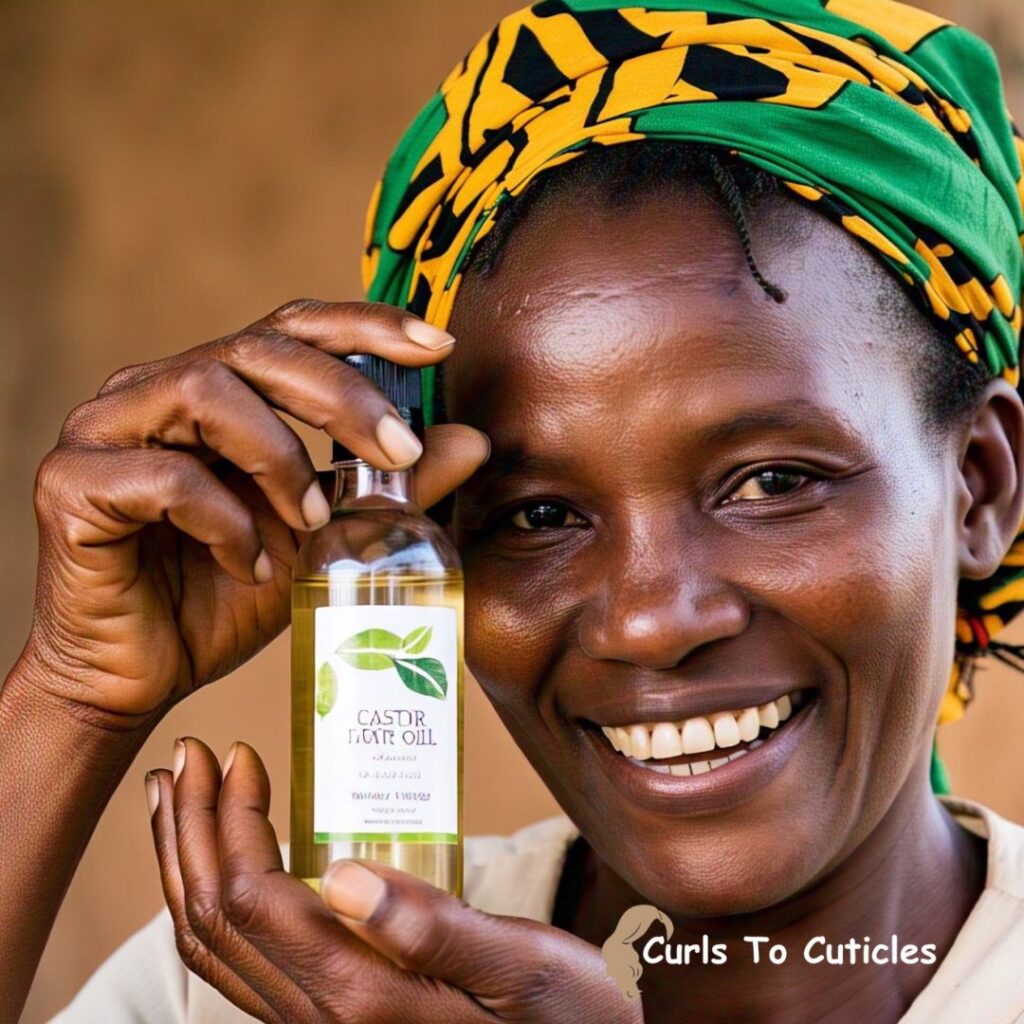
Jamaican black castor oil has a reputation for reviving thinning edges and boosting hair thickness. Its rich, smoky scent and thicker texture come from roasting the castor beans before extracting the oil—a process unique to Jamaica.
How it helps: Castor oil is high in ricinoleic acid, which helps stimulate circulation to the scalp. This increase in blood flow supports hair growth and strengthens the roots. It also helps retain moisture, making it great for dry or brittle hair.
My routine: I apply a small amount to my scalp and use my fingertips to massage in circular motions for about 5 minutes, two to three times a week. Wrapping my head in a warm towel afterward helps the oil absorb better. After a few weeks, my scalp felt healthier, and I noticed new baby hairs around my hairline.
5. Ayurvedic Oils and Herbs – India

In India, hair care is deeply connected to Ayurveda, a natural system of healing that uses plant-based ingredients. Herbal oils made with amla, bhringraj, brahmi, and neem are commonly used in Indian households for maintaining strong, long hair.
Why it works: Each herb targets a different issue. Amla is full of vitamin C, which boosts collagen. Bhringraj promotes growth and reduces hair fall. Neem soothes the scalp, and brahmi helps with thickness and overall strength.
My favorite combo: I like to infuse dried amla and bhringraj in coconut oil over low heat for a few hours or let it sit in the sun for a few days. I massage the oil into my scalp once a week, leave it on overnight, and wash it out in the morning. My hair feels softer, less frizzy, and has a healthier shine after each use.
6. Nettle and Horsetail Tea – Europe
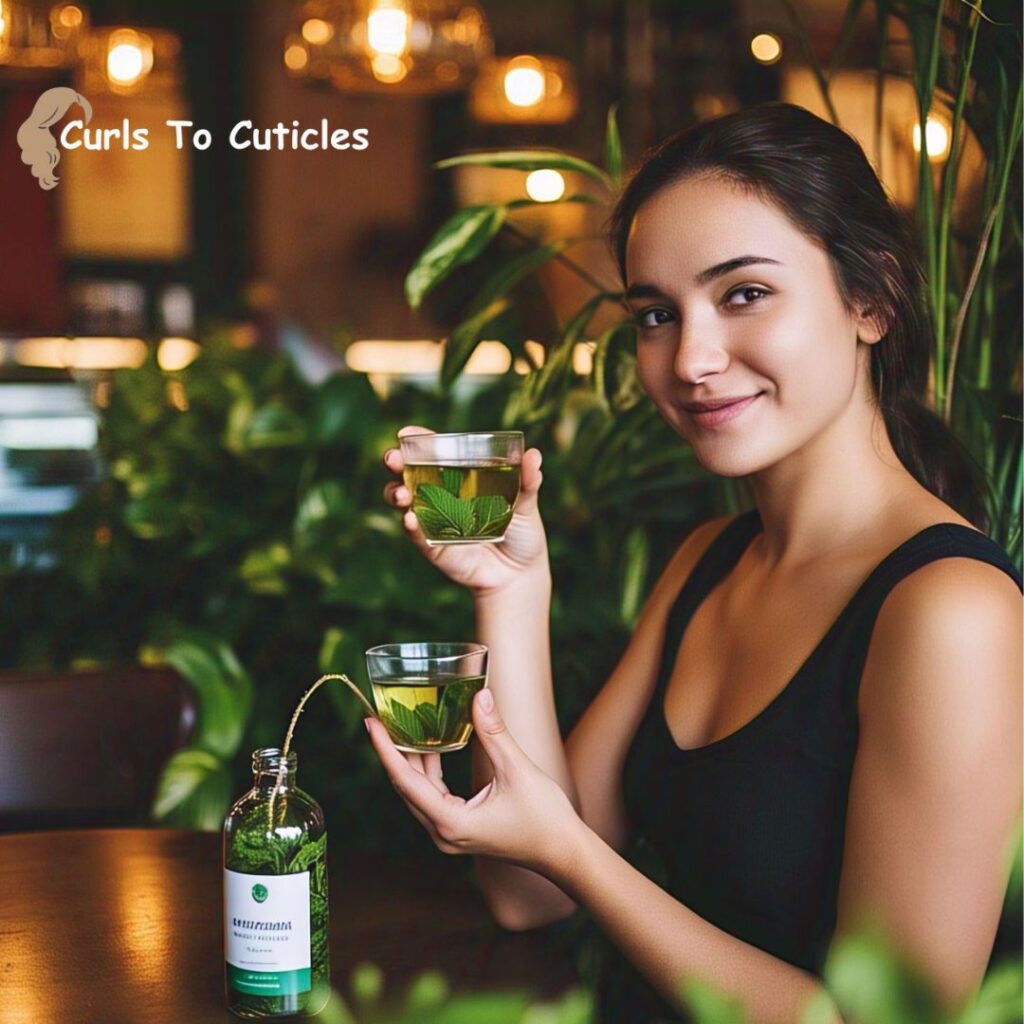
In Eastern Europe and regions of Germany and Poland, generations have trusted herbal remedies to promote strong, thick hair—among the favorites are nettle and horsetail teas. These aren’t just old wives’ tales; they’re packed with nutrients that genuinely support scalp health and hair growth.
The secret: Horsetail is renowned for its high silica content, a mineral that strengthens hair strands and improves elasticity, reducing breakage. Nettle, on the other hand, is an iron-rich powerhouse full of antioxidants and anti-inflammatory compounds. It improves circulation to the scalp and helps combat hair-shedding linked to deficiencies.
How I use it: I drink nettle tea a few times a week to nourish my body from the inside out. For an added boost, I occasionally brew horsetail tea, let it cool, and use it as a final hair rinse after shampooing—especially during the dry winter months when my hair needs extra love.
7. Murumuru Butter – Brazil

In the heart of the Amazon, Brazilian women have long turned to murumuru butter to care for their hair amidst the humid, tropical climate. This luxurious natural butter, derived from the seeds of the murumuru palm, is rich in fatty acids and vitamins that hydrate and protect.
Benefits: Murumuru butter creates a moisture-sealing barrier that locks in hydration without weighing hair down. It smooths frizz, helps detangle, and fortifies damaged strands from within. It’s particularly great for curly, coily, or chemically treated hair that needs deep restoration.
Pro tip: I treat it like a deep conditioning mask. Just warm a small amount between your palms until it melts, then apply it generously from roots to ends. I usually braid my hair or wrap it in a silk scarf overnight for intense hydration. In the morning, it rinses out easily and leaves my hair soft, shiny, and protected.
8. Rosemary Rinse – Mediterranean
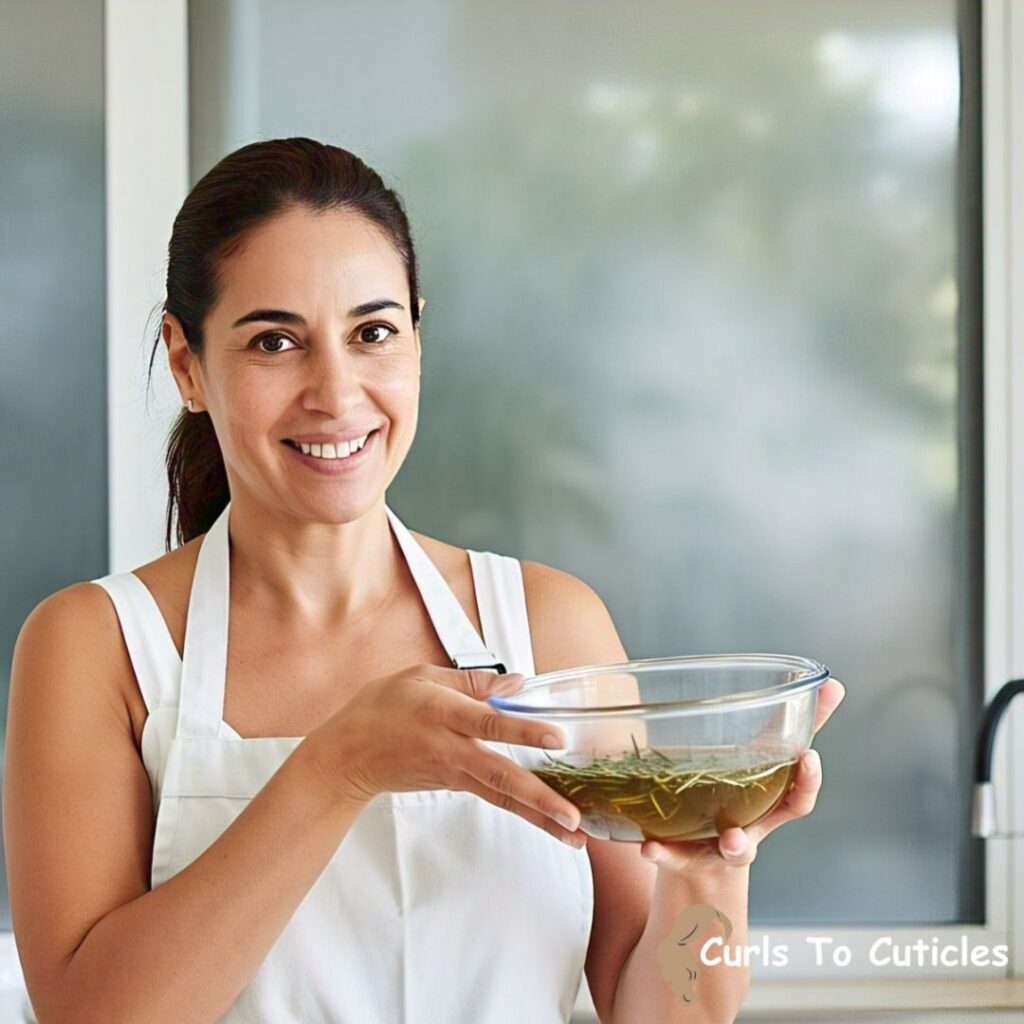
In sun-kissed regions of the Mediterranean—especially Italy, Greece, and parts of Spain—rosemary isn’t just a kitchen staple; it’s a long-trusted herbal ally for maintaining luscious locks.
Science backs it up: Modern research shows rosemary oil may improve circulation to the scalp and stimulate hair follicles, potentially rivaling minoxidil (the FDA-approved treatment for hair loss). It’s also antibacterial and antifungal, which means it helps keep the scalp clean and flake-free—creating the perfect environment for healthy hair growth.
How I use it: I make a DIY rosemary tea by boiling fresh or dried rosemary in water for 15 minutes, letting it steep and cool, then using it as a final rinse after washing my hair. Alternatively, I mix a few drops of rosemary essential oil with a carrier oil like jojoba or sweet almond, and massage it into my scalp 2–3 times a week for a soothing, invigorating treatment that promotes growth and shine.
9. Onion Juice – Egypt and the Middle East
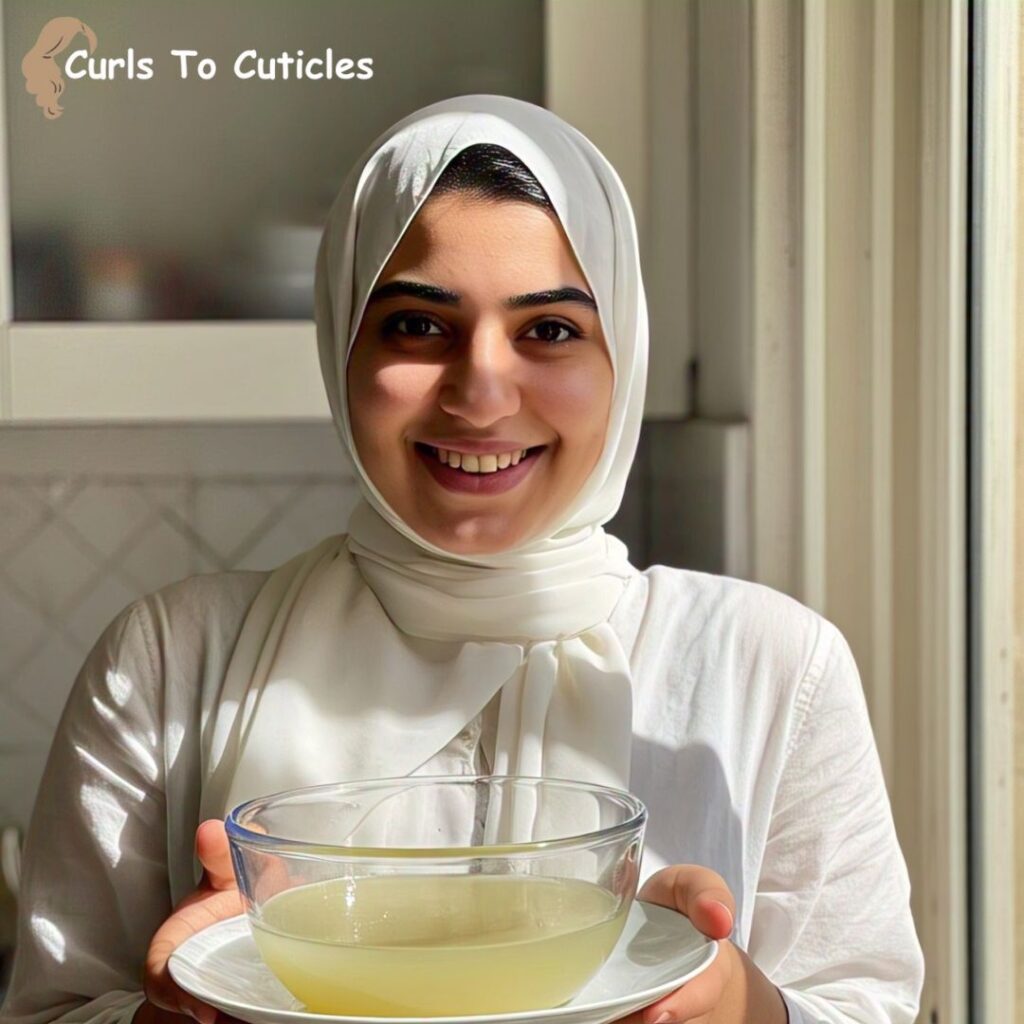
This one’s definitely not the prettiest in your beauty routine, but onion juice is a powerhouse when it comes to hair regrowth. Ancient Egyptians were ahead of the game, using it to stimulate thicker, fuller hair.
Why it works: Onions are loaded with sulfur, which helps boost collagen production and improve blood flow to the scalp—both essential for healthy hair follicles and new growth.
Real talk: The smell? Super strong. But I’ve found that applying it just 20–30 minutes before a wash (with a squeeze of lemon juice to tone down the odor) makes it manageable. I’ve seen a noticeable increase in baby hairs and less overall shedding.
10. Egg and Olive Oil Mask – France

French beauty routines are all about elegance and simplicity, and this one’s a classic. Women in France have long used egg and olive oil masks as a nourishing hair ritual passed down through generations.
Why it’s a keeper: Eggs are rich in protein, perfect for strengthening damaged or weak hair. Olive oil adds shine, reduces frizz, and deeply hydrates dry strands—making the combo ideal for restoring vitality.
My DIY mask: I whisk one egg with a tablespoon of extra virgin olive oil and sometimes add a little honey for extra moisture. I apply it to damp hair, leave it on for about 30 minutes, and rinse with cool water. My hair feels noticeably stronger, shinier, and more elastic afterward.
11. Shea Butter – West Africa

In places like Ghana and Nigeria, shea butter is a go-to for everything—skin, hair, you name it. It’s a deeply nourishing butter extracted from the nuts of the shea tree and packed with vitamins and fatty acids.
Why it’s magical: Shea butter works wonders as a protective barrier against dryness and breakage. It helps seal in moisture, softens the hair, and soothes irritated scalps with vitamins A and E.
My method: I melt it gently and whip it with coconut oil to create a fluffy, smooth cream. I use it after applying a leave-in conditioner to lock in hydration—especially on my ends. It’s made my hair feel thicker, more manageable, and a lot less frizzy.
12. Curry Leaves – South India
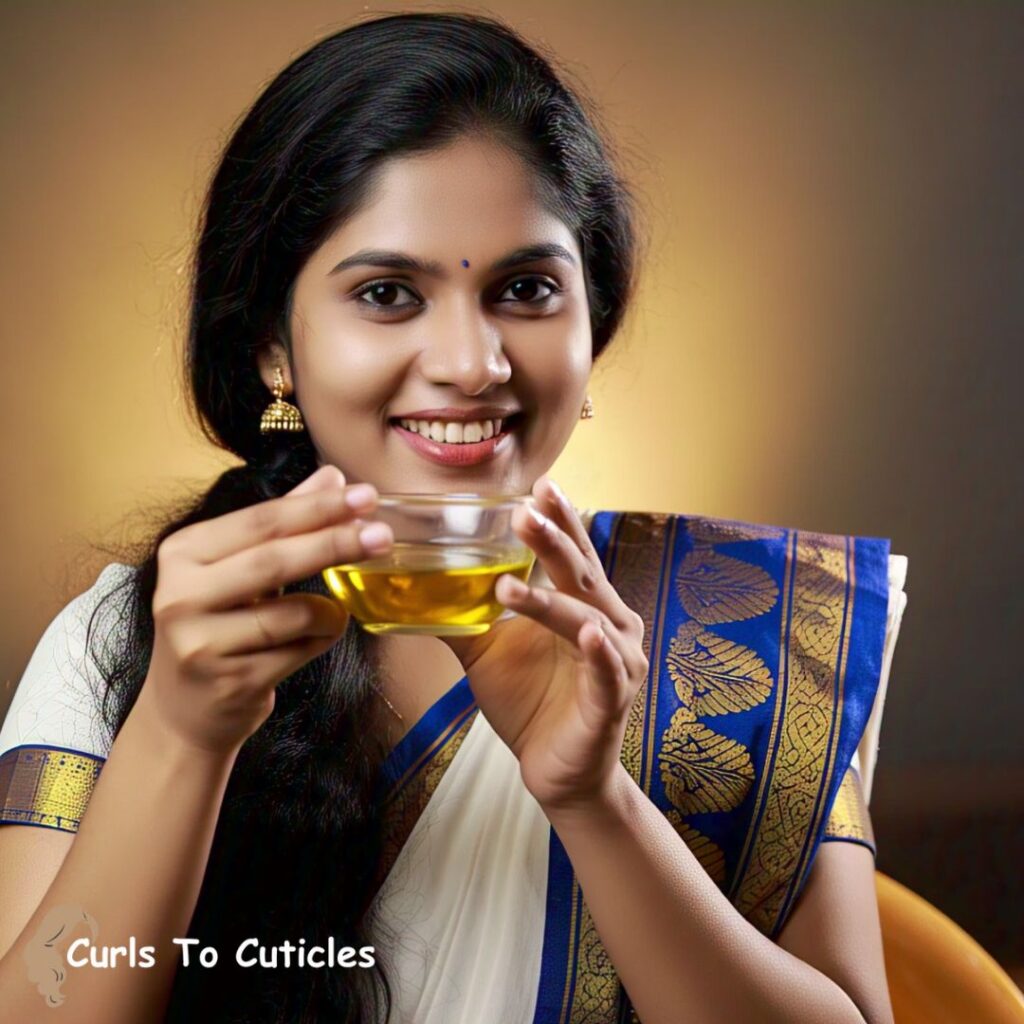
Another gem from the treasure trove of Indian beauty secrets—curry leaves! Known for their potent hair benefits, these aromatic leaves are often infused in oils or blended into masks to nourish the scalp and stimulate new growth.
Why it’s effective: Curry leaves are loaded with beta-carotene, amino acids, and proteins that help reduce hair fall, strengthen follicles, and even slow down premature graying. They also help improve scalp health by combating dandruff and buildup.
How I prep it: I take a handful of fresh curry leaves and heat them in coconut oil until they crisp up and release their natural goodness. Once cooled and strained, I massage the infused oil into my scalp and leave it on overnight. The scent is earthy and calming, and over time, my hair has felt noticeably stronger and looked glossier.
13. Beer Rinse – Germany
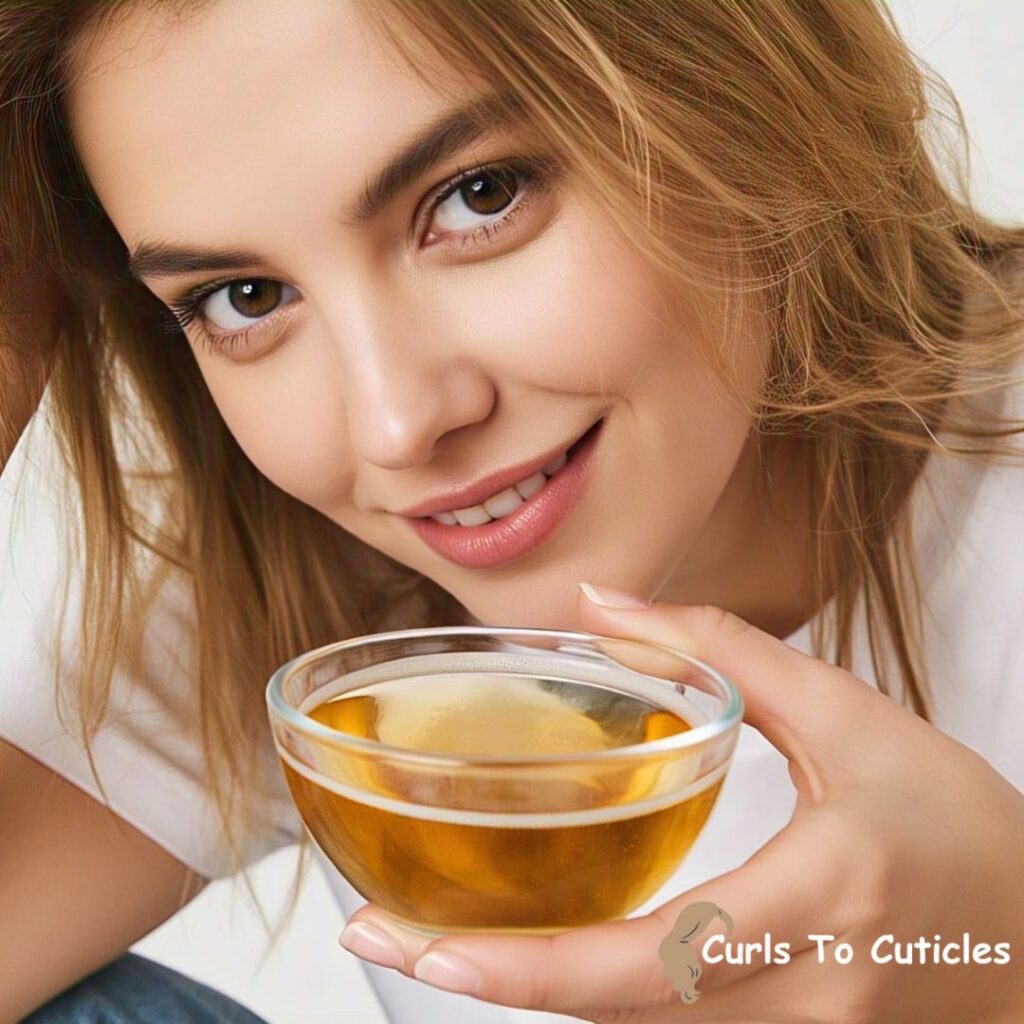
This one’s a little unexpected but has stood the test of time—beer rinses! In parts of Germany and Belgium, rinsing your hair with flat beer has been a quirky yet effective way to boost shine and volume.
The benefit: The proteins found in malt and hops help to rebuild and strengthen damaged hair shafts. Plus, the natural sugars in beer can tighten the cuticle, resulting in shinier, fuller-looking hair.
My honest review: I let a beer go flat overnight, poured it over my clean, damp hair, and let it sit for a few minutes before rinsing with cool water. The results? My hair had incredible bounce, body, and a healthy sheen. I wouldn’t use it weekly (the scent can linger a bit), but as a once-a-month treatment, it’s a fun and effective way to liven up dull strands.
14. Camellia Oil – Japan
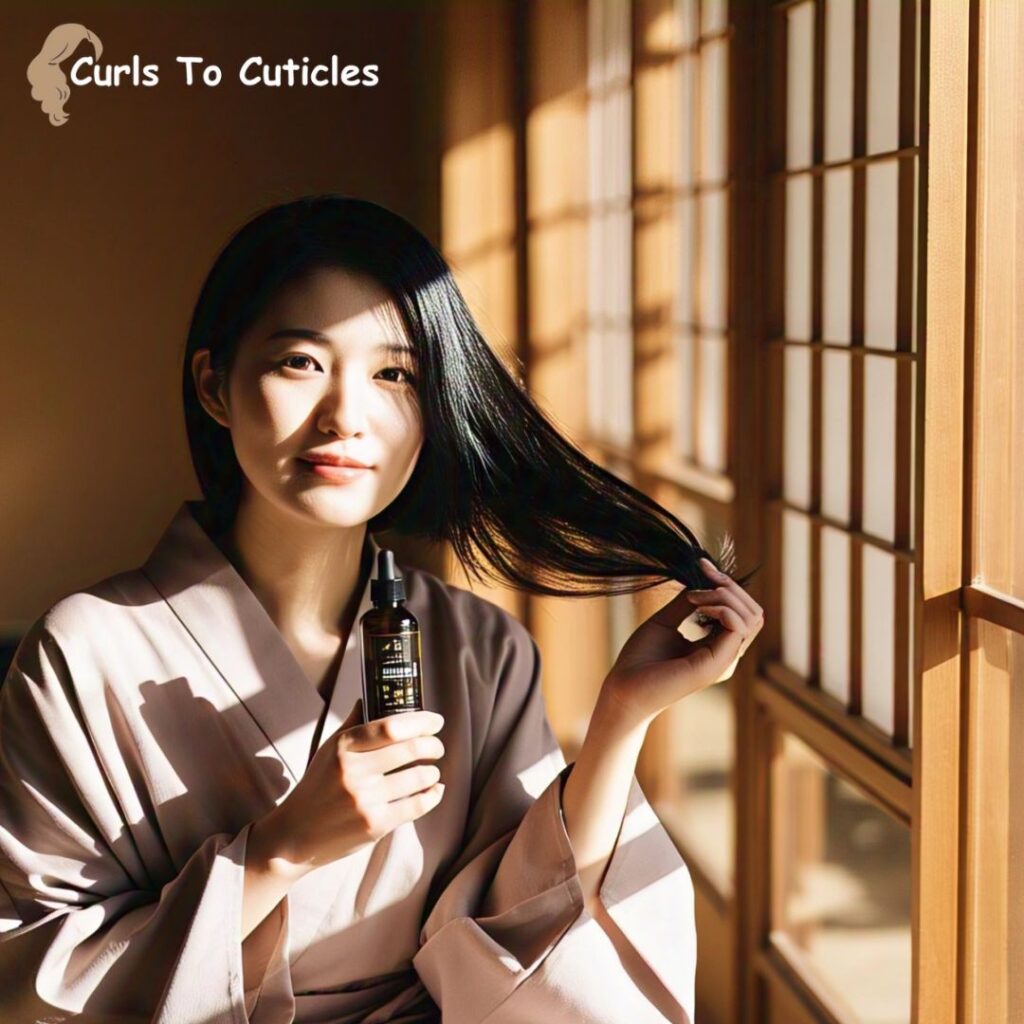
Long, glossy hair has been a signature of Japanese beauty culture, especially among geishas, and camellia oil—pressed from the seeds of the camellia flower—is their go-to elixir.
Why it’s adored: Camellia oil is rich in oleic acid (omega-9 fatty acids), antioxidants, and vitamins A, B, D, and E. It deeply moisturizes both the scalp and hair, smooths the cuticle, and helps tame frizz—all without leaving a greasy residue.
How I use it: I apply just a drop or two to my palm, warm it up, and smooth it through the ends of my hair to keep them shiny and protected. For extra nourishment, I do an overnight scalp massage once a week. The oil is lightweight and absorbs beautifully—perfect even for fine hair types.
15. Red Ginseng – Korea
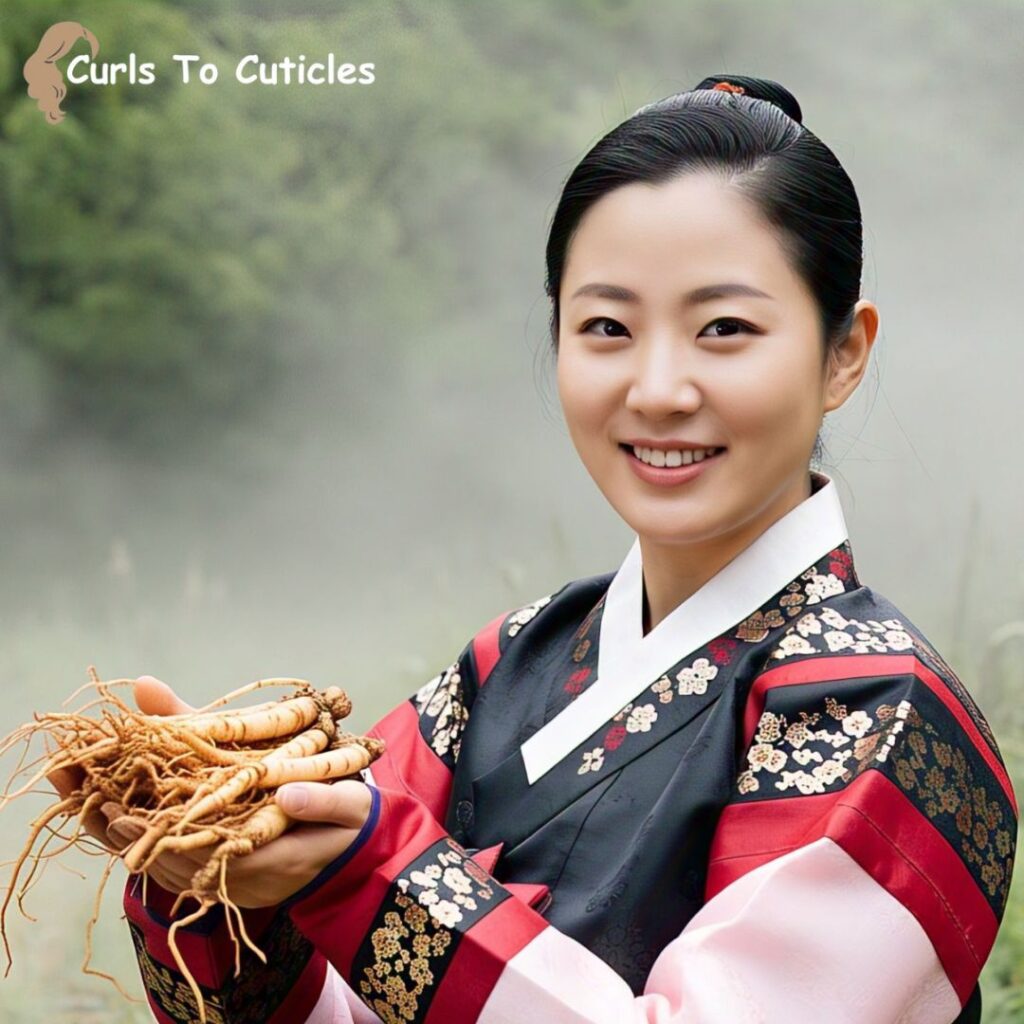
Korean beauty isn’t just skin-deep—hair care is a major focus too, and red ginseng is often a go-to for both internal and external health. Its powerful adaptogenic properties make it a top contender for natural hair regrowth.
How it works: Red ginseng helps increase blood circulation to the scalp, stimulates hair follicles, and reduces inflammation, which can often contribute to hair thinning. It’s also believed to extend the growth phase of hair.
My routine: I take red ginseng supplements a few times a week and also use ginseng-infused scalp tonics. Over the past few months, I’ve noticed less shedding, especially during seasonal changes, and my scalp feels noticeably healthier and more balanced. Bonus: it’s also a great energy booster!
Final Thoughts: Global Hair Wisdom That Works
What surprised me most about these international hair growth secrets was how natural, affordable, and accessible many of them are. Each culture has its unique approach, but they all focus on one thing: nurturing the scalp and strands with care, patience, and ingredients from nature.
If you’re tired of chemical-laden products or just looking to switch up your routine, I highly recommend trying one or two of these traditions. I didn’t expect much at first—but my hair has never felt healthier, stronger, or looked shinier.
So, next time you’re planning your hair care routine, think beyond your local drugstore. The secret to your best hair might just come from halfway across the world.






